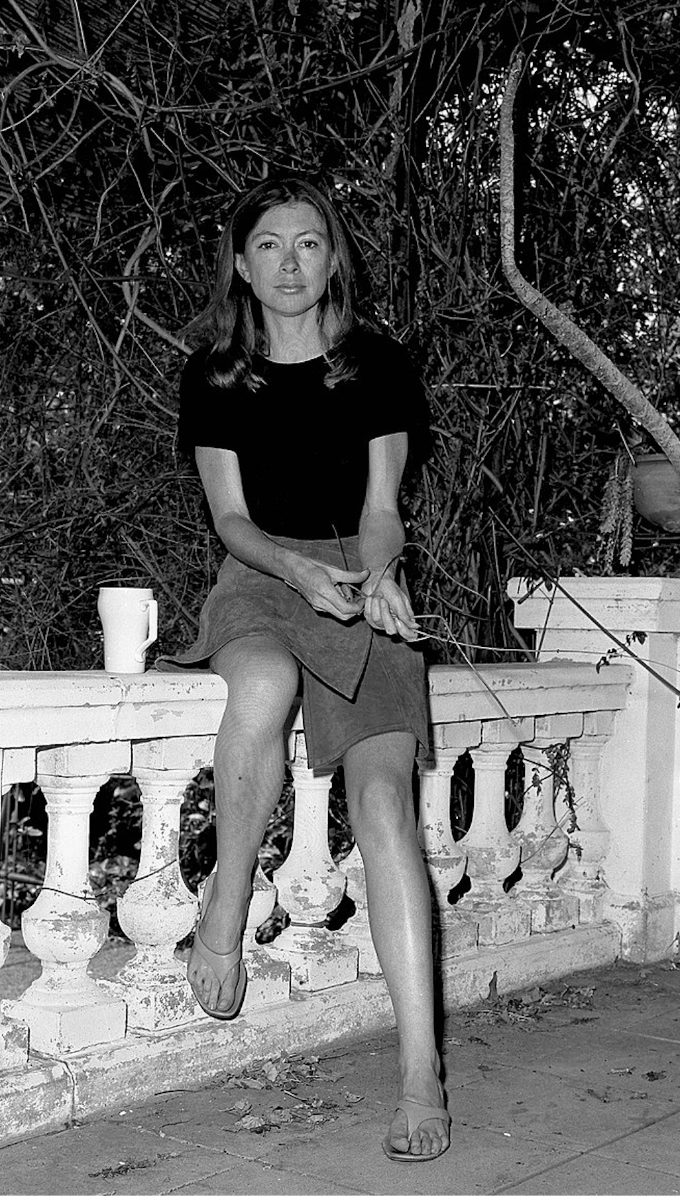May 30, 2025
Learning
Some nitty-gritty details regarding Joan Didion’s writing process

Joan Didion in LA in 1970. She defined a writer as “a person whose most absorbed and passionate hours are spent arranging words on pieces of paper.” Image by Kathleen Ballard, Los Angeles Times, via CC.
Joan Didion in LA in 1970. She defined a writer as “a person whose most absorbed and passionate hours are spent arranging words on pieces of paper.” Image by Kathleen Ballard, Los Angeles Times, via CC.
Jillian Hess describes her newsletter, Noted, like this: “I’ve spent the past two decades studying hundreds of notebooks, and I’m excited to share the most interesting, inspiring, and unique notes with you.” Through Noted, she offers a behind-the-scenes look at the creative processes of some of the world’s most fascinating minds.
Recently, Hess visited the New York Public Library to examine Joan Didion’s personal papers. While there, she focused closely on Didion’s writing methods in order to produce a report on her process.
She outlines Didion’s disciplined approach, which began with collecting what Didion called “fragments.” These included vivid imagery and snippets of dialogue gathered in her reporter’s notebook.
"Didion’s lists (like 'Signs on Haight Street') along with her fragments strike me as a particular kind of noticing appropriate for a reporter—noticing details that will enhance a story—and Didion noticed so much that she had quite a lot to pick from when it came to writing her essay."
Next, Hess explains how Didion would often transcribe her handwritten notes into more developed, typed paragraphs, elaborating on the same material.
Finally, Didion would write—and then rewrite. Hess recalls that when a young writer once asked Didion what advice she’d give to someone starting out, she simply said: “Rewrite. Don’t be afraid to rewrite.”
"The rhythms and repetitions of Didion’s writing process show up all over her writing—especially in her later memoirs, The Year of Magical Thinking and Blue Nights—with their multiple refrains.
"Didion once described how she learned how to type by typing Hemingway’s short stories. It seems fitting then, that she would hone her prose by retyping her own words."
This essay—written by a brilliant scholar of creativity about the creative practice of a literary icon—is a gem.




